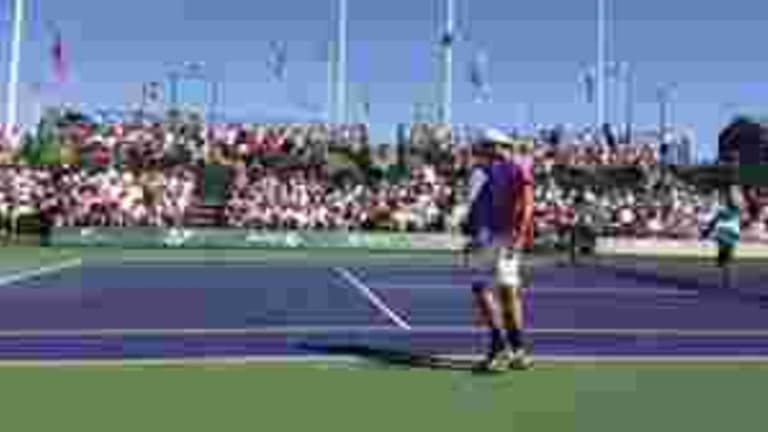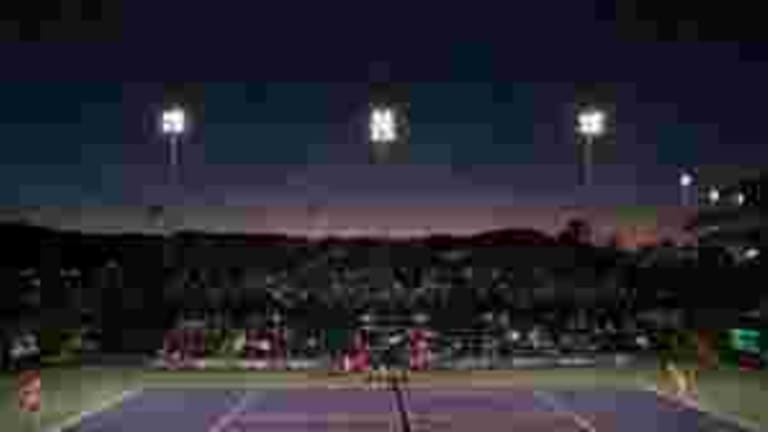INDIAN WELLS, CALIF.—The best courts at the Grand Slams are, in no particular order of preference, Margaret Court Arena at Melbourne Park, the Grandstand at the U.S. Open, Court 3 at Wimbledon, and Court 2 at Roland Garros. They share many of the same traits. Each is either the third-largest or fourth-largest arena on the grounds. Each offers an intimate setting; you feel like you’re inside the match rather than gazing from a televised distance. Each is sealed off by its walls from any distracting noise and bustle outside, which helps with acoustics. And each is old enough, and rough enough around the edges, to have developed what we call “character” in a building. They’ve seen some tennis history, and have so far survived the wrecking ball.
For the most part, the same holds true at Indian Wells. My favorite court here is also the third-largest; I know that because it's called Stadium 3. It’s intimate, with four simple sets of bleachers—there isn’t, as they say, a bad seat in the house. But the court isn’t exactly like its counterparts at the majors. The Indian Wells grounds opened in 2000, so there are few rough edges, and little sense of history, to it yet. And while it’s mostly sealed off from the rest of the grounds, the best part of the court is what you can see beyond it. The bleachers are low enough to give you perhaps the best view anywhere of the famous Indian Wells backdrop, the jutting hills and wide blue sky around them.
It’s such a great place for tennis, you wish it had a chance to host a few more matches each year. But Tuesday was the last day when it will showcase any ATP or WTA singles in 2013. Fortunately, the desert, and Stadium 3, were in their glory early this afternoon. The temperature was in the 80s, the sky was spotless, and Southern California resident and sentimental crowd favorite Tommy Haas had drawn a full house.
Maybe it’s because he’s a transplanted local. Maybe it’s because this retiree-heavy crowd relates to his last-hurrah quest at age 34—a typical retirement age for a pro tennis player. Or maybe they just like to yell out “Tommy!” instead of “Tom!” or some other adult-sounding name. Whatever it is, they’re big on Haas here. They tell him, “Shake it off, Tommy,” and “That’s OK, Tommy,” when he misses. When it looks like he might break serve, a few even yell “It’s Tommy time!”


